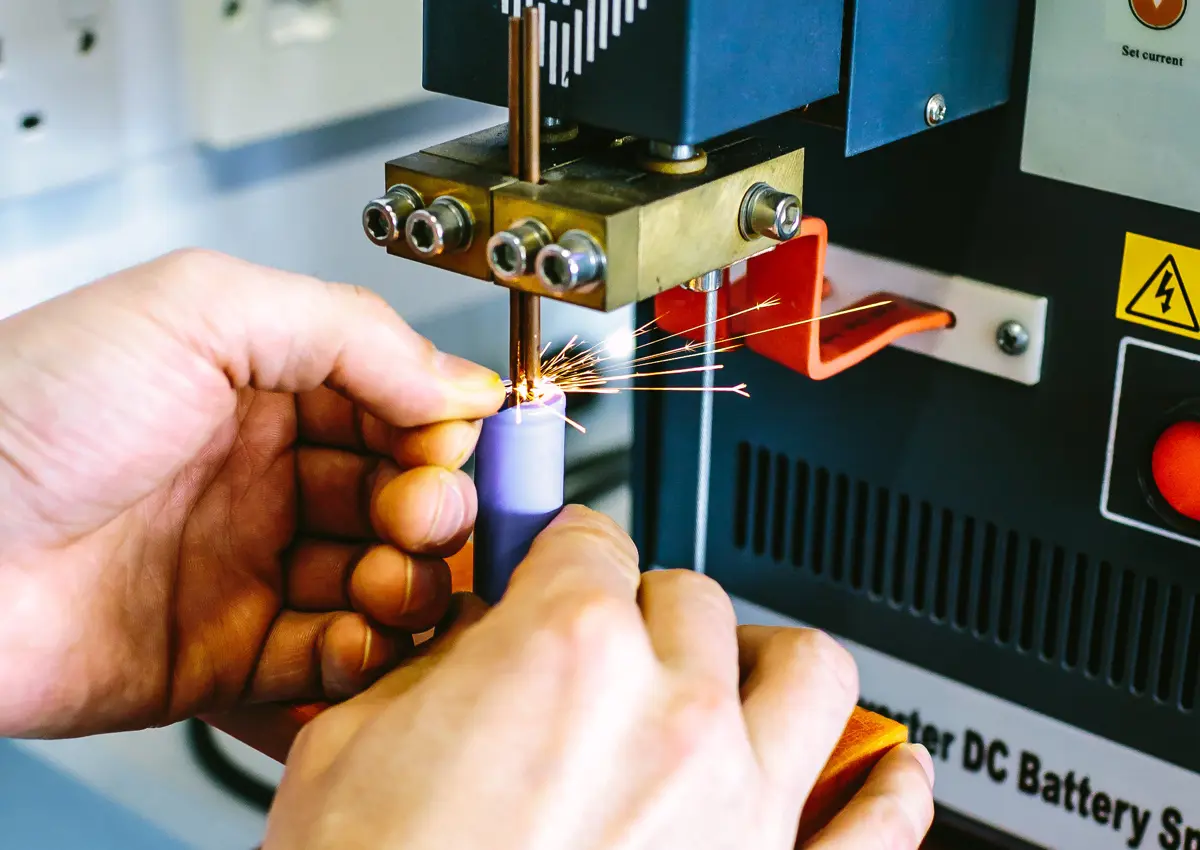16 Jul 2021
Predicting battery lifetime from field data – challenges and opportunities
New perspective paper published in Joule explores how battery lifetime can be modelled through physics-based and data-driven techniques informed by measurements from real-world applications

Batteries are used in many applications, from consumer electronics to electric vehicles, rail, marine, and the power grid. To transition to a clean energy system and ensure confidence in energy storage technologies, they need to be reliable and affordable. Performance prediction is essential to improve safety and reduce downtime, reduce warranty and insurance costs, and minimize environmental consequences from end-of-life management.
Existing battery lifetime prediction methods are based on relatively small but well-designed lab datasets and controlled test conditions but do not generally incorporate long term field data which is crucial to build a complete picture of how cells age in real-world situations.
New research by the universities of Oxford and Michigan, plus industry co-authors, explores how physics-based and data-driven modelling informed by measurements from end-use devices can enable new models which help predict battery lifetime more accurately.
This type of modelling comes with additional challenges because end-use applications have uncontrolled operating conditions, less accurate sensors, data management and privacy concerns, and infrequent access to validation checks.
The authors, led by Professor David Howey of the Department of Engineering Science and Professor Anna Stefanopoulou at the University of Michigan, explored a range of techniques for estimating lifetime from lab and field data gathered from real-world applications such as buses and taxis. Their findings suggest that combining machine learning approaches with physical models is a promising method, enabling battery life to be predicted from ‘noisy’ data, assessing second-life condition, and extrapolating to future usage conditions.
The work should allow insights gained from field data, gathered from real-world applications such as buses and taxis, to lower battery costs by reducing battery size needed to satisfy warranties and guarantee performance, improve safety and reduce downtime in future battery designs and ultimately accelerate the roll-out of batteries, underpinning a rapid transition to clean energy and transport.







